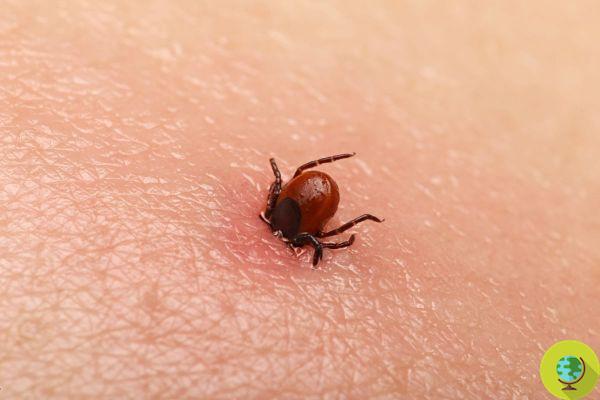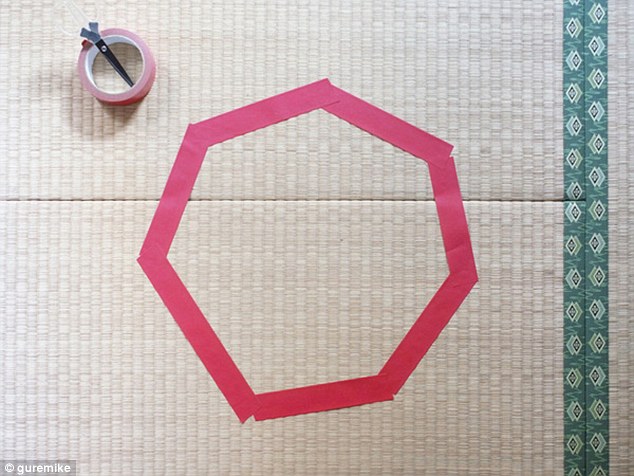
With the arrival of summer they make their appearance again: fleas, ticks, mosquitoes and Co, let's see what to do and what not to do in case of a tick bite.
He is about to end up run over, his mother saves himWith the arrival of the hot season, many parasites come back to the fore that undermine the health of Fido and Micio and also ours. They appear again: fleas, ticks, mosquitoes and Co. that come out of winter hibernation to devote themselves to the incessant search for a host to parasitize.
Some of these insects, such as ticks, can to broadcast to ours animal friends but also to us human different diseases as the Lyme borreliosis,canine ehrlichiosis, button fever, tularemia, Q fever, babesiosis andviral encephalitis.
It is therefore of primary importance to prevent any unwelcome encounter and possibly know what to do in case of a bite.
The mint is a arthropods which feeds on blood which it sucks by inserting its rostrum, or mouthparts, under the skin of the victim who remains firmly attached even for several days. The bite generally does not cause any discomfort and is not painful for this reason we often do not notice the presence of the parasite. The bitten area looks like a slight reddish swelling with a small crust in the center.
If we notice the unwelcome presence of a tick on the skin, here is the correct way to remove it.
Index
What should we do if we find a tick attached to the body? NO PANIC
- We use tweezers, possibly with thin tips, and try to grab the parasite's head as close to the skin as possible. If you find it useful, help yourself with a magnifying glass.
- We tighten the grip well and start pulling slowly but steadily until the tick releases its grip. Make sure you have completely extracted the tick. If the head is still attached to the skin we will have to remove it with a sterile needle as is usually done with thorns or contact our doctor.
Let's get rid of the parasite by burning it or immersing it in disinfectant alcohol. - We disinfect the bite area well and wash our hands with soap and water.
- Check the area for 30-40 days. In case of skin lesions or other symptoms (flu-like), contact the attending physician reporting the tick bite
Other methods to remove ticks: Ticks: how to eliminate them in the safest way?
What not to do:
- Avoid sharply pulling the tick or twisting it: you would favor the detachment of the head.
- Do not try to crush the parasite with your hands.
- Do not use any substance (alcohol, petroleum, olive oil, acetone) before removal: you could induce the parasite to regurgitate, increasing the chances of infection.
Do not hesitate to call your doctor if:
- You are unable to remove the tick.
- The parasite's head has remained under the skin and you don't know what to do.
- Following the removal of the tick, the bite area becomes severely irritated or fevers appear.
So let's remember to periodically check Fido and Micio and to implement a good one prevention program. Furthermore, during outdoor walks, immersed in the greenery of a park or in the quiet of a forest, we always wear the appropriate clothing.
DO NOT throw away the mint
keep it whole in 70% undenatured alcohol (do not use pink alcohol) or frozen and send it to our Institute together with the two forms provided for acceptance
- Samples-Animal Health Report
- mint accompanying card (Mod.40DG330)
to the following address:
CEA- Animal Encephalopathy Center
Via Bologna 148 - 10154 Turin
e-mail: cea@izsto.com Tel 0112686261-296


























